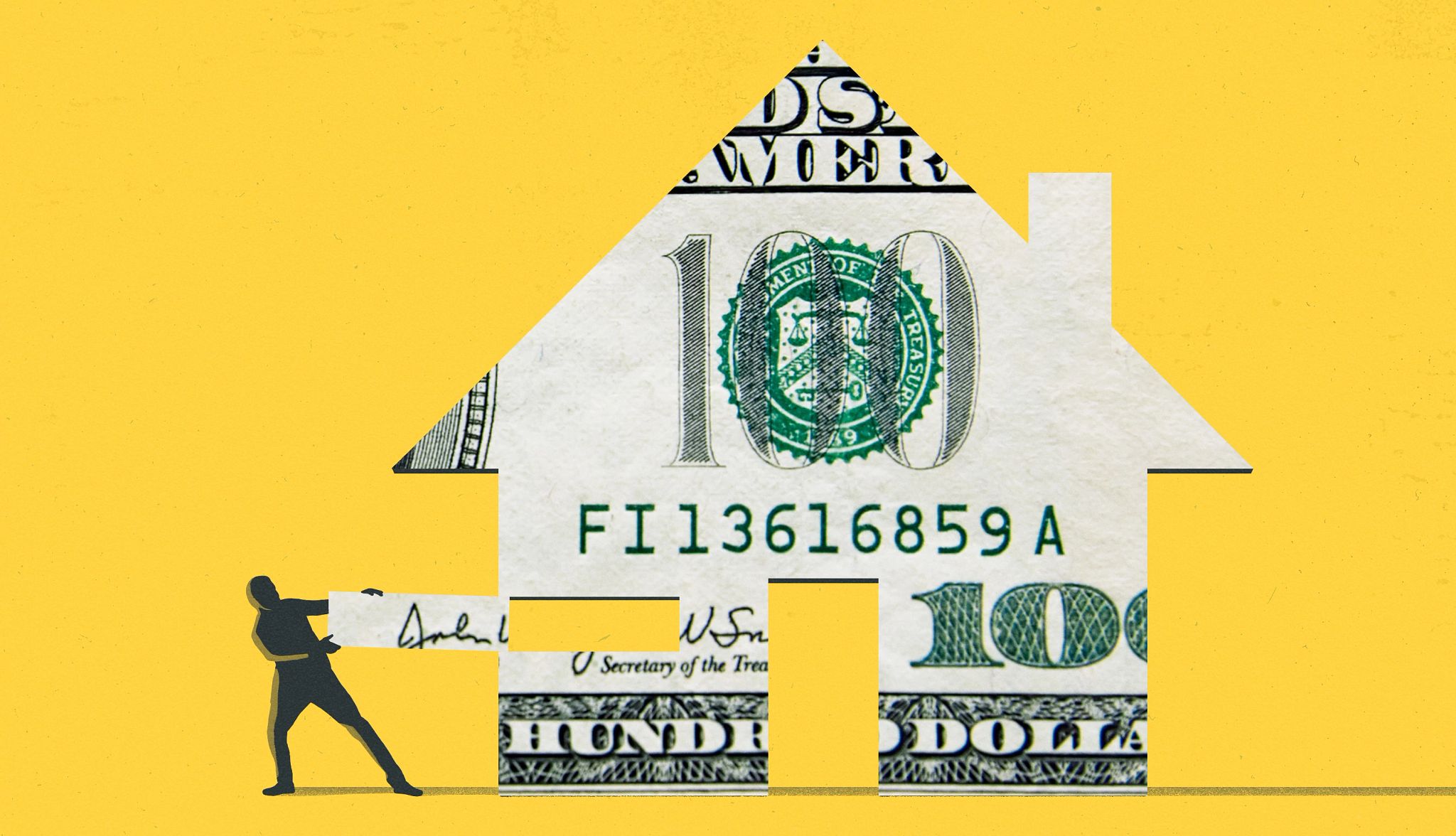
- Select a language for the TTS:
- UK English Female
- UK English Male
- US English Female
- US English Male
- Australian Female
- Australian Male
- Language selected: (auto detect) - EN
Play all audios:
WHAT ARE THE DIFFERENT TYPES OF REVERSE MORTGAGES? Home Equity Conversion Mortgages (HECMs), which are insured by the Federal Housing Administration (FHA), make up the majority of reverse
mortgages, Trawinski says. HECMs account for approximately 95 percent of outstanding reverse mortgage loans. You or a co-borrower must be at least age 62 to qualify. You’re also required to
receive counseling from a U.S. Department of Housing and Urban Development (HUD)-certified reverse mortgage counselor. During the counseling session —it typically costs around $125, which
you can pay directly or roll into the loan — the counselor will explain how reverse mortgages work and review the risks and payment options to help you make an informed decision, Boies
says. HECMs offer certain protections — most notably, if your home’s value decreases or if the lender goes out of business. “The borrower or their heir will never owe more than the home is
worth,” Trawinski says. “If you took all of your proceeds and tapped all the available loan proceeds, and now your house is worth less than it was the day you got the reverse mortgage, you
will never owe more than what you could sell it for.” If the lender goes out of business, the insurance ensures you still receive loan payments. There are also single-purpose reverse
mortgage loans offered by states or local governments — these are often designated for paying property taxes or covering home repairs — as well as proprietary reverse mortgages with fees and
terms that can vary by lender. Proprietary reverse mortgages may offer higher loan amounts, with some lenders offering loans of over $1 million, and age requirements can vary. But proceed
with caution: proprietary reverse mortgages “are not insured if a lender goes out of business,” Trawinski says. HOW MUCH CAN YOU BORROW WITH A REVERSE MORTGAGE? With a HECM, the maximum loan
limit in 2025 is $1,209,750. But the amount you can actually borrow depends on your principal limit factor (PLF), the percentage of your home valuethat you can access using a HECM. The PLF
is set by HUD and is based on the current interest rate and your age. Let’s say a 62-year-old borrower with a 7.25 percent mortgage rate has a PLF of 0.301. For a home valued at $500,000,
the borrower could access around $150,000. But after including closing costs, mortgage insurance and origination fees, that amount drops to $130,000. Don't worry: you don't have
to crunch the numbers yourself. A lender can do it for you, typically at no charge. HOW DO YOU QUALIFY FOR A REVERSE MORTGAGE? Your eligibility for a HECM will depend on your home's
value, your age and the amount of equity you have. Typically, you’ll need at least 50 percent equity to qualify, Boies says. (Your home will need to be appraised as part of the application
process to confirm its value.) HECM lenders will conduct a financial assessment to examine cash flow and determine if you have the financial capability to stay current on property taxes,
insurance and maintenance. You also must not be in default status on any federal debt, such as income taxes or student loans.








